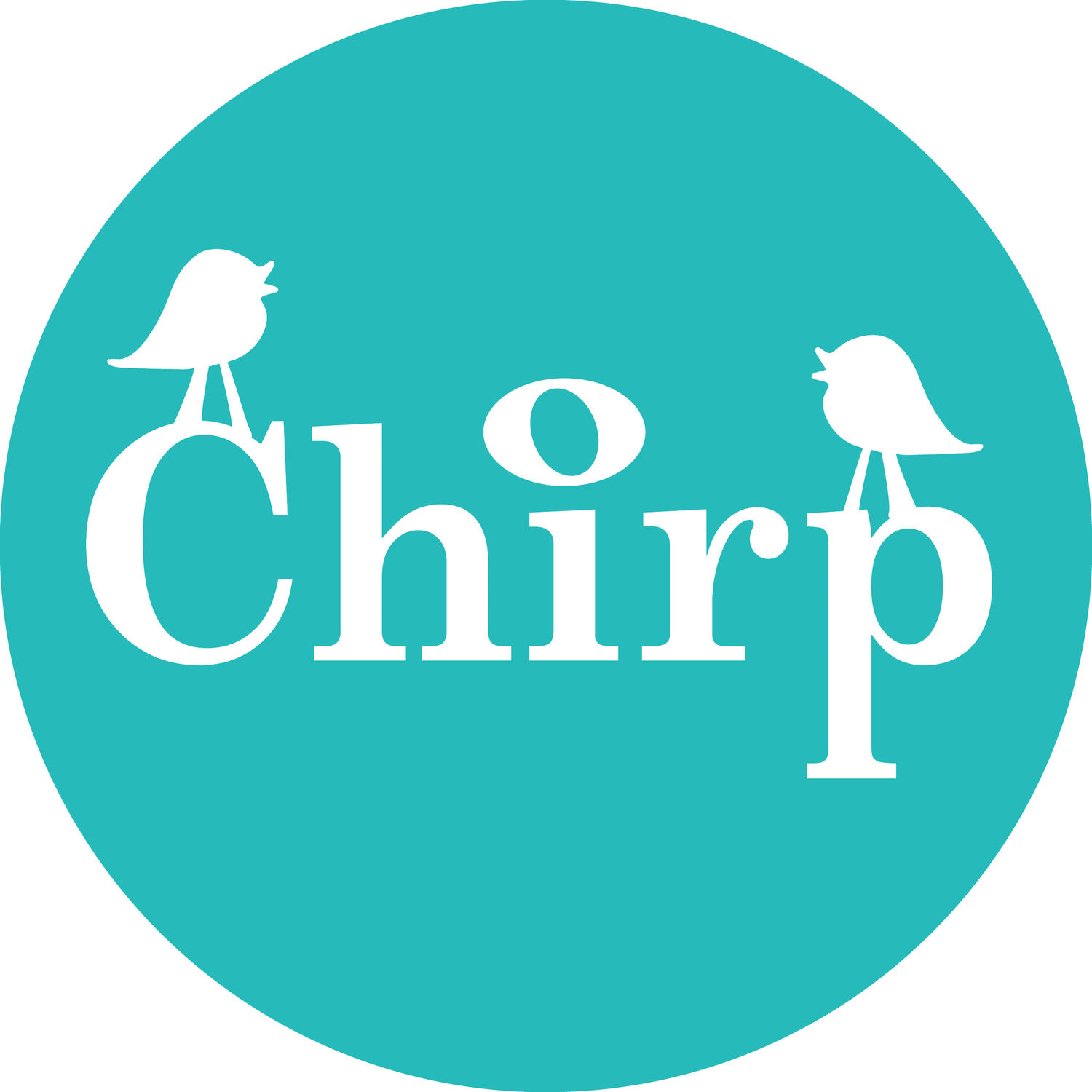In the first two parts of our series we looked at the science behind storytelling, and how to jump in and create your own. And in this post we share a few tips to help you hone and maintain your storytelling habit.
Perhaps the world's (and our own) infatuation with storytelling will fade over time, but stories themselves are no flash in the pan. They speak to our quintessentially human desire to communicate. And at their best, elevate the simple stuff of life to the utterly captivating. So here they are, a few of our top tips.
1. Start with emotion
What emotions are at the heart of the story, how do you want your audience to feel when they hear it? What do you want them to do after they've heard it? Pin them down and keep them at the story's heart.
2. Identify the narrative arc
It sounds obvious. It is obvious. And yet... structure so often goes out the window. So clarify the beginning, middle and end, and make sure your story is going somewhere.
Writing down the three or five key elements on post-it notes and switching them around may help you find the most powerful structure for your story.
3. Keep it personal
The personal is powerful. If you can show why something matters to you, you'll help your audience understand why it matters to them.
If you're like me, you'll hate doing this. You could decide to suck it up, if that works for you, or you could find a personal angle on a story that can bring it to life without leaving you feeling entirely exposed.
4. Keep it short, with options to extend
Develop and practice 60-second, 2- and 3-minute versions of your story. You can fit a surprising amount into a minute, whether or not you adhere to the rules of Just a Minute.
5. Start small, and varied
Create a few stories and try them out as soon as possible, starting with low risk situations. Review, extend, condense and adapt as you find out what works best for you and has the greatest impact on a particular audience.
Do drop us a line if you have any questions, or would like to know more about how you can use storytelling more effectively at work. Or sign up to download our free Chirp Workbook.

